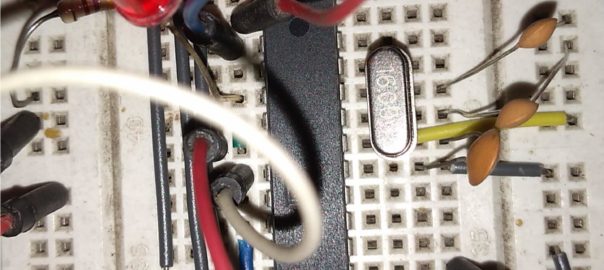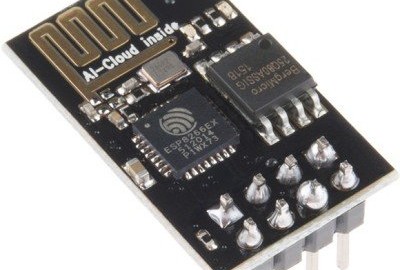Atmega8 or Atmega328p can be used directly on boards without using the whole Arduino hardware.
Category: Arduino
Free Online Tools or Software for Electronic Circuit Simulation
https://www.circuitlab.com/ Though free but only a few tries for each session. Not much useful. https://www.multisim.com/ This is good. So far I have used for simulating small sections like filters, transistor amplifiers etc. The free version served the purpose. https://www.falstad.com/mathphysics.html Various Simulation tools are there. Yet to explore much. Please note – The information provided here… Continue reading Free Online Tools or Software for Electronic Circuit Simulation
MOSFETs Nicely Explained
ESP-01 Flashing Errors
After a few years I started working with an ESP-01 again. But after so many years I forgot the exact parameters of module I have and was using default settings. For hours I couldn’t flash anything to it. Everytime flashing failed with one error or other. The most occurring errors are : Invalid (unsupported) command… Continue reading ESP-01 Flashing Errors
ESP-8266 and NTP = onboard timekeeping
We can sync the time of a ESP-8266 with a NTP server and then keep time count on the device. It will not need any other additional devices like a DS1307 clock. And once synced with the NTP server it can keep the time even if there is no internet – very handy. The time… Continue reading ESP-8266 and NTP = onboard timekeeping

